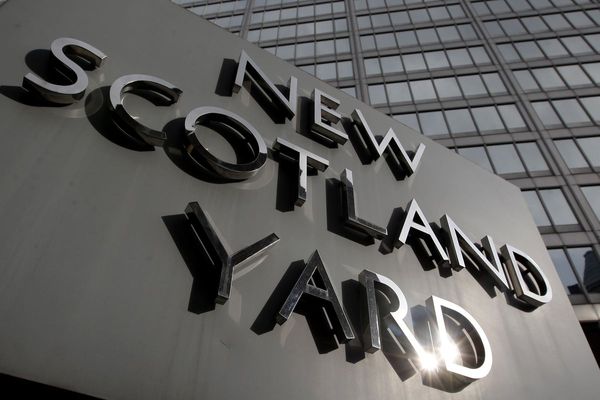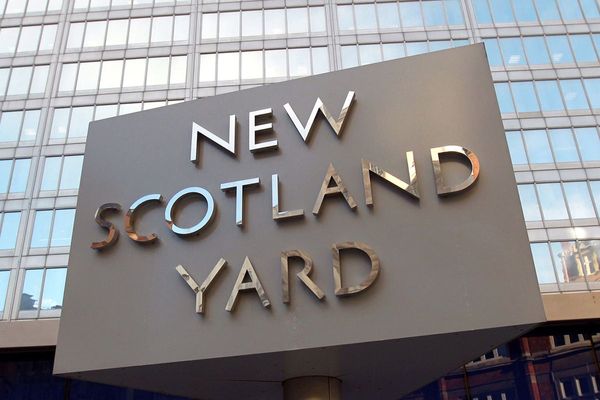
The minimum temperature in the city was 20.2 degrees Celsius, which is slightly below average. A maximum of about 31 degrees Celsius was recorded.
R K Jenamani, a senior scientist at the India Meteorological Department (IMD), explained that the formation of moderate fog in Delhi was caused by the air's increased moisture content as a result of an extended period of rain and low temperatures.
"This is the capital's first fog of the season," he said.
The IMD defines very dense fog as visibility between 0 and 50 metres, dense fog as between 51 and 200 metres, moderate fog as between 201 and 500 metres, and shallow fog as between 501 and 1,000 metres.
According to another IMD official, visibility at Delhi's main weather station, Safdarjung Observatory, had decreased to 600 metres and to 350 metres at the Palam weather station, at 8:30 am.
This improved to 2,100 metres at Palam by 9 am and at Safdarjung by 10 am.
The city's air quality fell from the "satisfactory" category to the "moderate" category on the index due to locally produced pollutants and fog.
The 24-hour average air quality index stood at 143. It was 66 on Tuesday and 44 on Monday, 48 on Sunday, 56 on Saturday and 55 on Friday. The air quality is likely to deteriorate to the poor category by Saturday/
An AQI of 0 to 50 is regarded as "good," 51 to 100 as "satisfactory," 101 to 200 as "moderate," 201 to 300 as "poor," 301 to 400 as "very poor," and 401 to 500 as "severe."
Strong winds and rain over the past five days have prevented stubble burning incidents in Punjab and Haryana and maintained a clean atmosphere in Delhi-NCR.
(With inputs from PTI)







